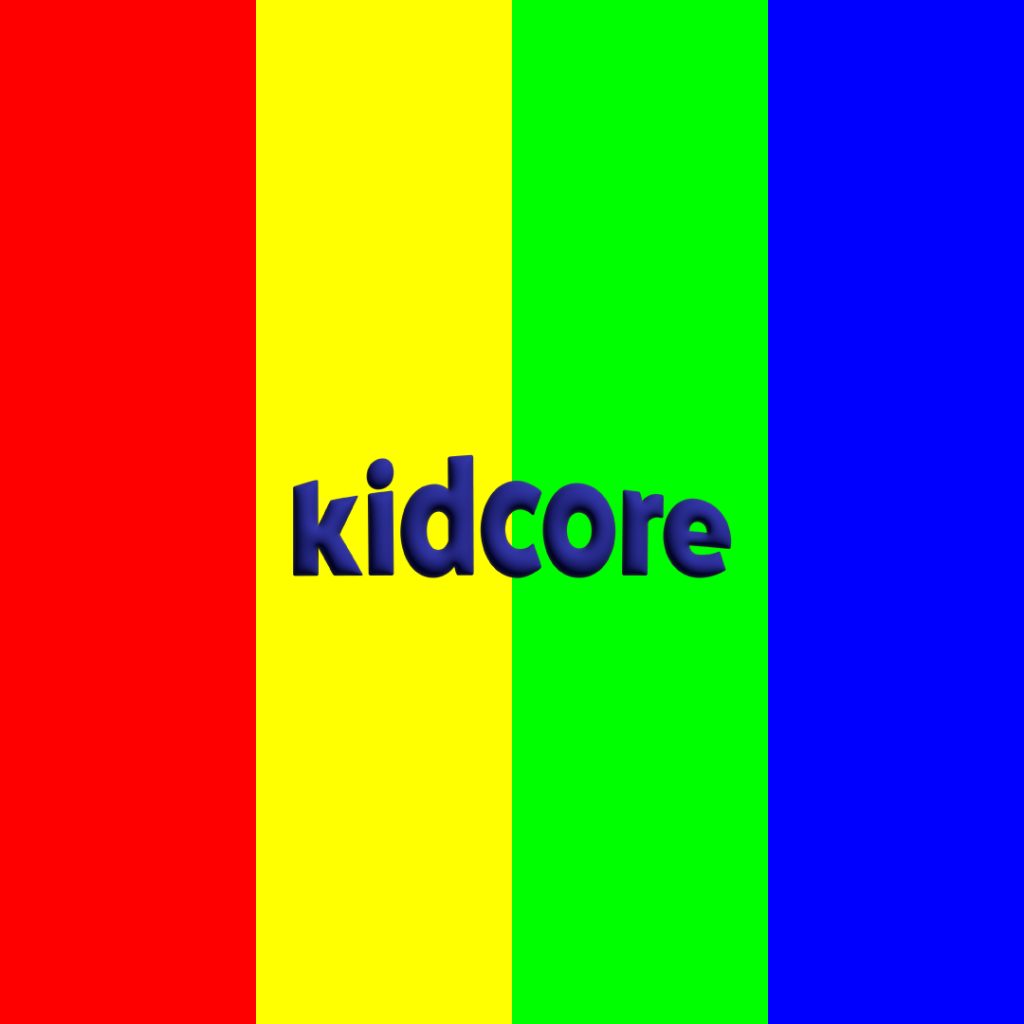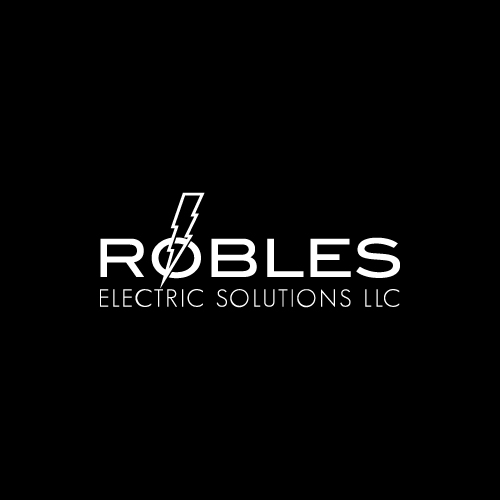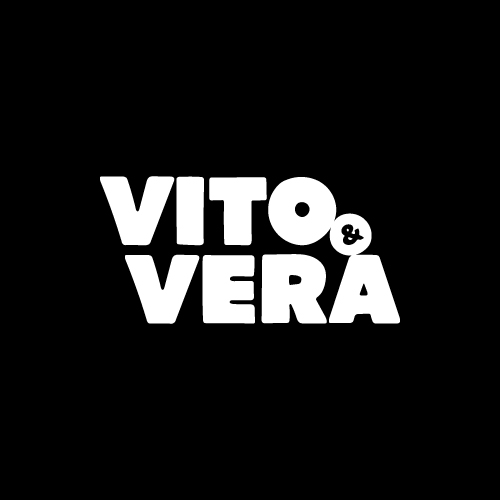In an ever evolving world that is constantly updating in accordance with whatever people find fashionable, it’s no surprise that new trends and aesthetics continue to emerge in web design and marketing. Now that the internet has essentially raised newer generations into young adults, there is an aesthetic for everyone. One of these growing aesthetics is called kidcore. Many people are probably unfamiliar with the idea of kidcore, and that is perfectly understandable as it is becoming increasingly more difficult to keep up with everything the internet has to offer. Therefore, defining and understanding what exactly kidcore encompasses is important.
What is Kidcore?
If you are not familiar with the concept of kidcore, it is an aesthetic that hearkens back to the simpler times of childhood and its popularity. Kidcore echoes nostalgia with its utilization of primary colors, playful motifs, and childlike imperfections. As the idea of adulthood becomes more and more bleak, the innocence and whimsy of kidcore offer consumers an alternative to stark professionalism. The primary adopters of kidcore are those of late Millennial and Gen Z distinction. That demographic has childhood nostalgia for the 90s and early 2000s, which is why this era of nostalgia serves as the framework for the kidcore aesthetic. However, the difference between standard nostalgia and kidcore lies in the fact that kidcore is not just a broad feeling but also a reaction. The childlike visual identity of kidcore goes beyond mere nostalgia; it is harnessed into a specific style. That is why kidcore can be incorporated into marketing in a variety of ways that are effective in areas such as packaging design, social media contact, and illustrative advertisements.
Kidcore in Advertising
Packaging Design
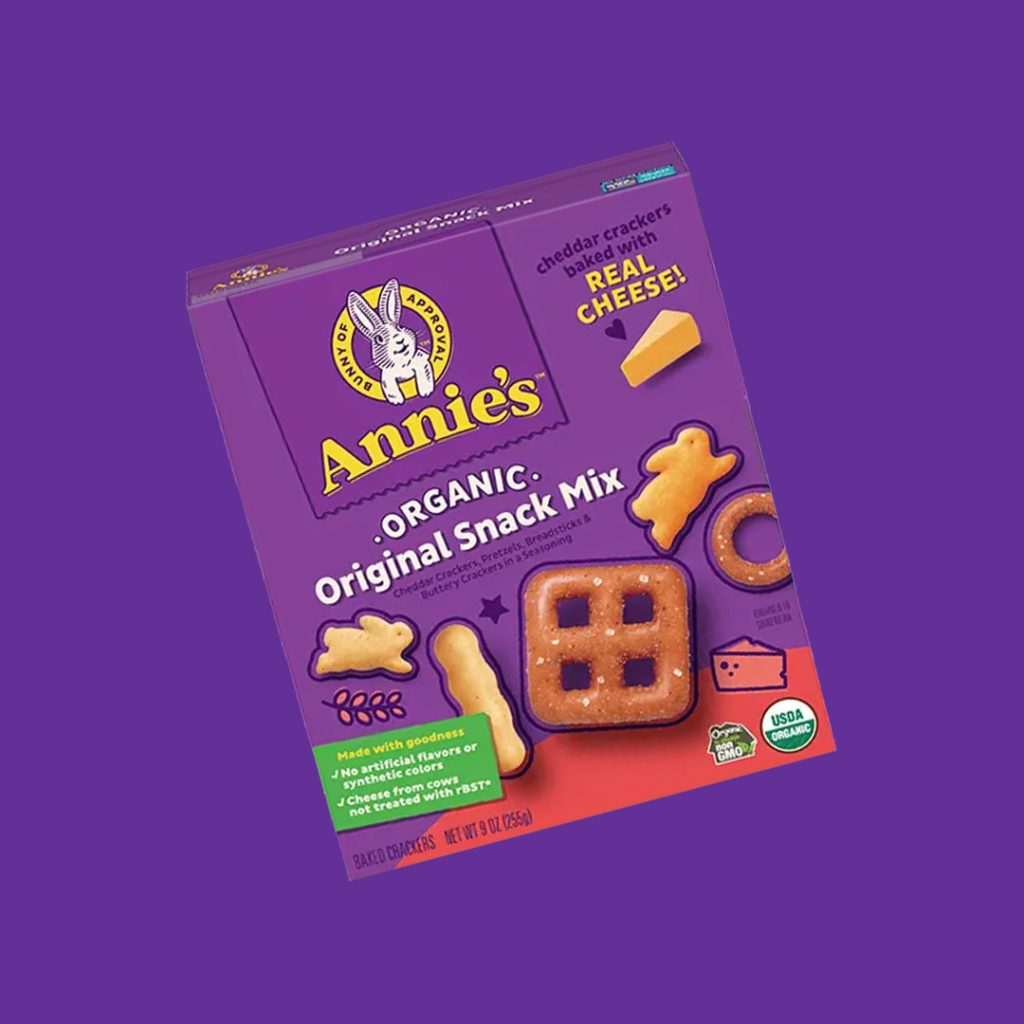
Packaging design is easily the most comprehensive way to understand the usefulness of the kidcore aesthetic. All the designer has to accomplish is to design a product’s package in such a way that is aimed toward a consumer who is partial to childish visuals. A great example of this in practice is the brand Annie’s Homegrown. For those who are unaware of Annie’s, it is a packaged food brand that aims at people who are inclined to buy organic and socially conscious products. Think of products such as mac n’ cheese, frozen waffles, and canned soup. That being said, Annie’s entire branding is incredibly childlike in nature despite the unlikelihood of children being aware of Annie’s mission. The Annie’s logo incorporates a playful illustration of a bunny joined by a bright yellow, rounded, serif font displaying the name of the business’s creator. In conjunction with the logo is the incorporation of vibrant uses of colors like purple and green. There is no doubt that this brand has a rather specific demographic of consumers. People who are health and earth-conscious are the target, but the kidcore branding has a huge role to play in getting said consumer to pick up the product in the first place. Is Annie’s Homegrown an alternative to the more popular Campbell’s soup? Absolutely. Does the kidcore branding have an important job of getting people to explore this product instead of its astronomically more successful competitor? Of course, it does, and the brand’s continual growth speaks to its effectiveness.
Kidcore offers a potential escape from this overwhelming reality by embracing a visual identity that surrounds individuals with the comforting aesthetics of childhood.
Social Media
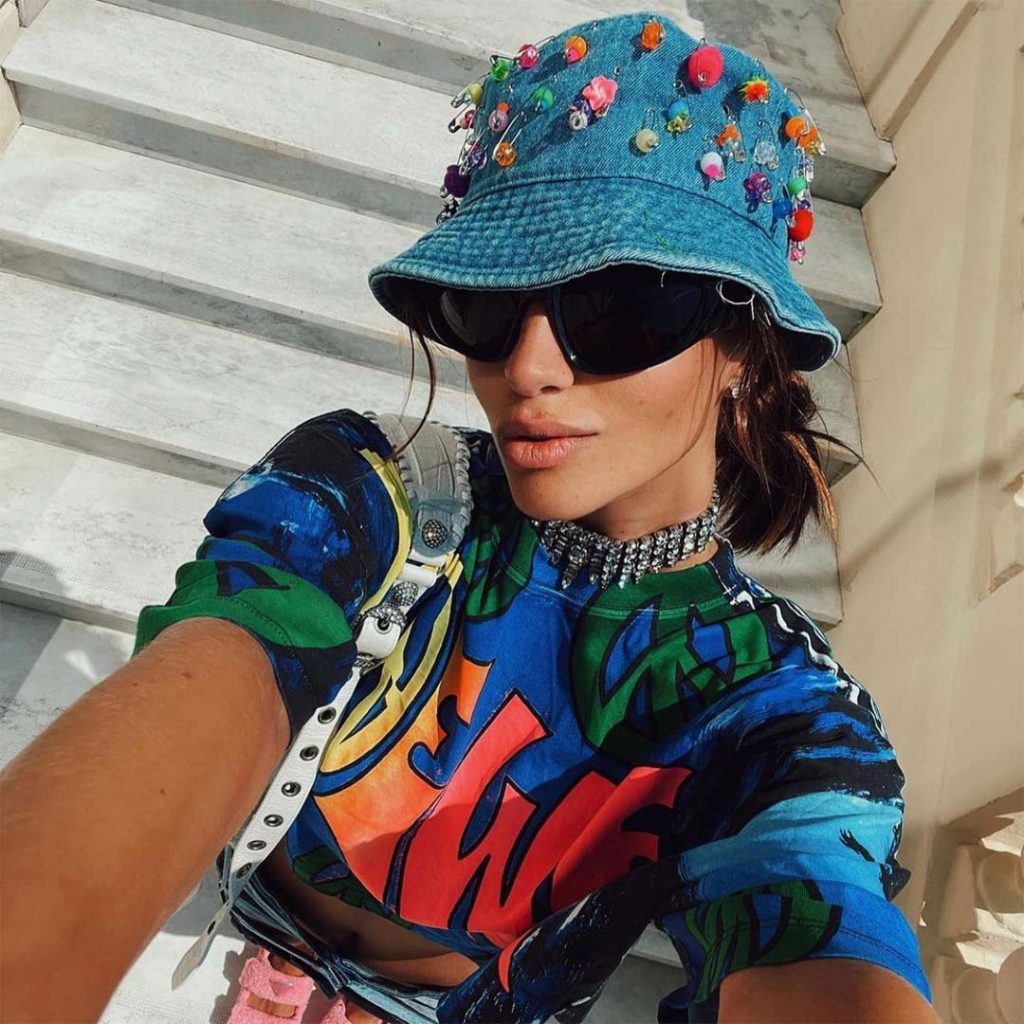
Another way to incorporate the kidcore aesthetic into marketing is through social media influencers. Nowadays, there is an influencer for almost every demographic imaginable. This makes it easier than ever to find an influencer who can cater to the kidcore niche and partner with them. Platforms like TikTok and Instagram are filled with endless amounts of kidcore related content. For example, fashion plays a significant role in the kidcore aesthetic. Brightly colored sweaters, uniquely textured pants, and shoes adorned with cartoons are attention-grabbing elements that marketers can leverage to increase engagement. By partnering with influencers, creating challenges, and running user-generated content campaigns, kidcore can be seamlessly integrated into the social media landscape. This combination can foster a sense of community, bring in more adopters, and amplify brand visibility. Ultimately, influencers are essentially marketers who promote whatever they desire, and kidcore could easily be one of those interests.
Artist Partnerships
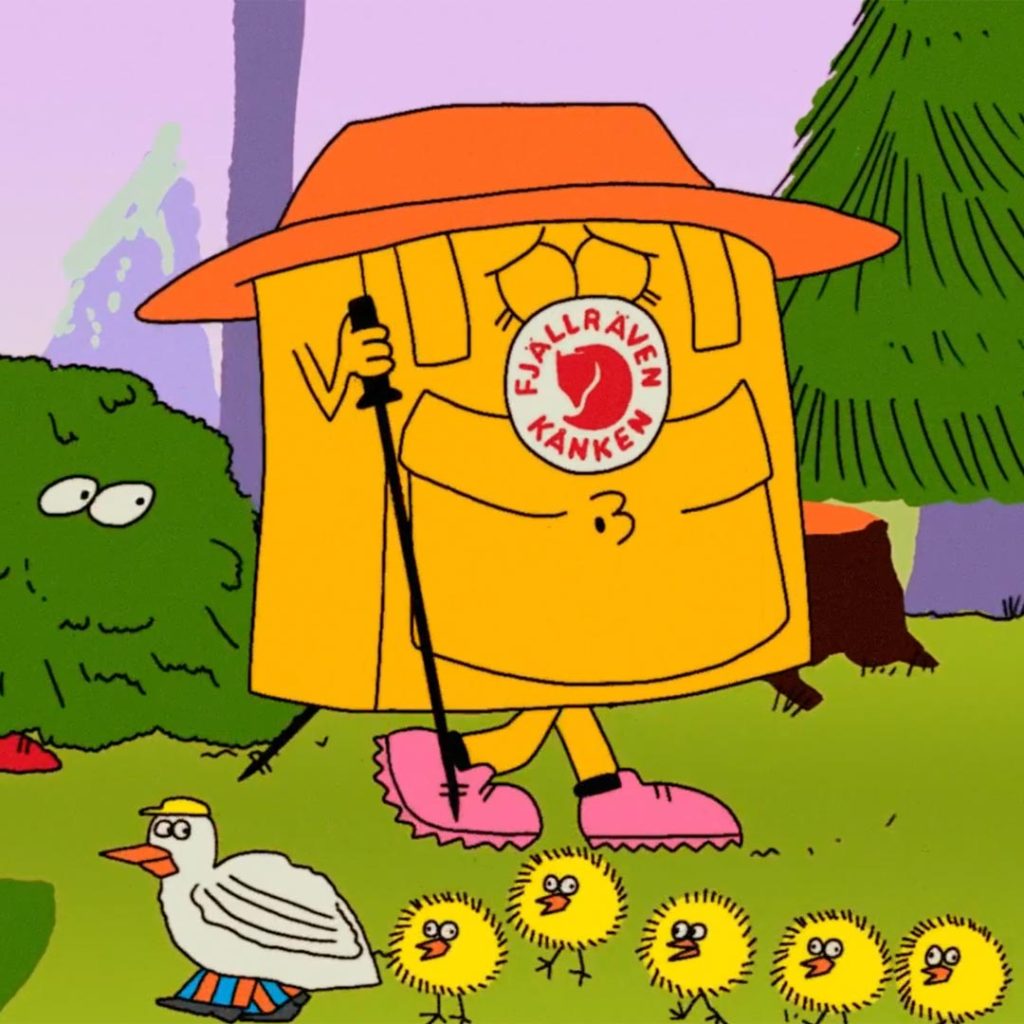
A third way to incorporate kidcore in marketing is through partnerships with artists. Consumers enjoy seeing artwork alongside advertisements because, without it, the advertisement can feel dry and uninteresting. This is why companies often collaborate with artists to effectively target their intended audience. So, what does a kidcore targeted advertisement look like? There are many possibilities but it would likely feature a cartoonish portrayal of the product as a playful character displayed in vibrant technicolor. The concept of incorporating art in advertising has a long history, including the use of company mascots and even entire animated television shows. Intellectual property such as Transformers and My Little Pony have transcended their intended purpose as toys that then transformed into television shows. That is why kidcore has a particularly strong case for utilization here. For example, if a brand is preparing to launch a new backpack, they can partner with an artist to create a childishly drawn and brightly colored animated backpack that can be used in their marketing campaigns. Creating an anthropomorphic cartoon product for promotional purposes will and still remains a tried and true approach.
Incorporate Kidcore Into Your Marketing Channels
The world is rapidly evolving and changing, often in ways that can feel alarming. Every day, there are new articles discussing horrific scientific possibilities or news segments highlighting the latest catastrophes. Despite being constantly exposed to this information, younger generations who grew up with the internet still find themselves consumed by it, endlessly scrolling through negative content. Kidcore offers a potential escape from this overwhelming reality by embracing a visual identity that surrounds individuals with the comforting aesthetics of childhood. Younger people are tired of the sleek and emotionless consumption that has dominated trends in recent years. There is a desire for consumption that brings forth feelings of fun, silliness, and unprofessionalism, which can be found in kidcore. To effectively reach this demographic, incorporating a childlike visual identity for self-expression can provide a versatile approach to marketing. That is why this approach can resonate across various channels, including packaging design, social media engagement, and illustrative advertisements.
Interested in adding kidcore aesthetics to your marketing repertoire? Contact us anytime and we’d be happy to discuss options.
